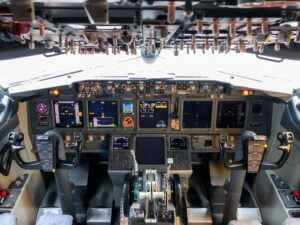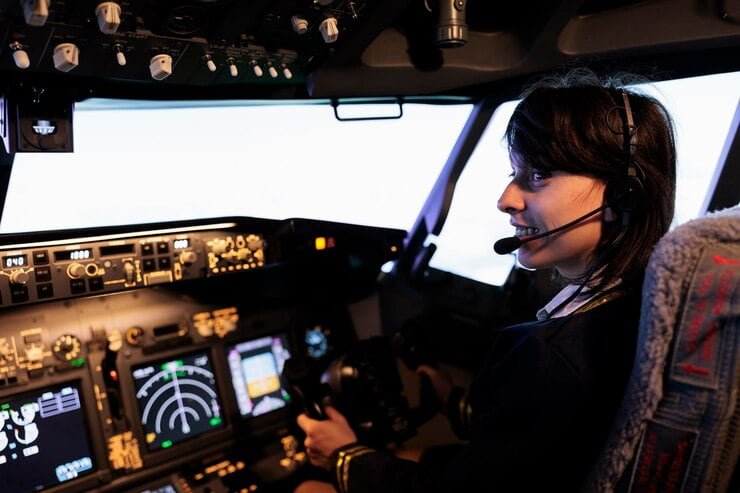Flight control systems are the backbone of aviation safety and efficiency, orchestrating the intricate dance between pilot commands and aircraft responses. As technology advances, the demand for more sophisticated and reliable flight control systems grows. In this context, the ARINC 825 protocol emerges as a pivotal player in shaping the landscape of next-generation flight control systems. ARINC 825, a digital communication protocol, offers enhanced capabilities for data transmission, real-time monitoring, and control functionalities. This article explores the evolving role of ARINC 825 in revolutionizing flight control systems, highlighting its importance in modern aviation and its potential to drive innovation in aerospace engineering.
Integration of ARINC 825 in Next-Generation Flight Control Systems:
The integration of the ARINC 825 protocol marks a significant advancement in the development of next-generation flight control systems. This integration brings forth a myriad of benefits and capabilities that elevate the performance and reliability of aircraft operations.
One key aspect of ARINC 825 integration is its enhanced data transmission capabilities. Unlike traditional analog communication systems, ARINC 825 facilitates high-speed digital data transmission, enabling faster and more accurate exchange of critical flight control information between various components of the aircraft.
Moreover, ARINC 825 supports real-time monitoring and control functionalities, allowing for instantaneous feedback and adjustment of flight parameters. This real-time capability is essential for ensuring optimal flight performance and safety, especially in dynamic and challenging flight conditions.
Furthermore, ARINC 825 is designed to be compatible with modern aircraft architectures, seamlessly integrating with existing avionics systems and facilitating interoperability between different onboard systems. This compatibility ensures the smooth implementation and operation of next-generation flight control systems without the need for extensive retrofitting or modifications.

Benefits of ARINC 825 in Next-Generation Flight Control Systems:
The adoption of ARINC 825 protocol in next-generation flight control systems yields a plethora of benefits that significantly enhance aircraft performance, safety, and operational efficiency.
First and foremost, ARINC 825 offers improved reliability and robustness compared to traditional communication protocols. Its digital nature reduces susceptibility to signal interference and degradation, ensuring more dependable data transmission throughout the aircraft’s operation.
Additionally, ARINC 825 reduces wiring complexity and weight, contributing to overall aircraft weight reduction and fuel efficiency. By consolidating multiple communication channels into a single digital network, ARINC 825 minimizes the need for bulky wiring harnesses and connectors, simplifying aircraft design and maintenance.
Furthermore, ARINC 825 provides enhanced flexibility and scalability, enabling seamless integration of new avionics systems and functionalities as technology advances. This adaptability ensures that next-generation flight control systems built on ARINC 825 can evolve and stay relevant in a rapidly changing aviation landscape.
Moreover, the standardized nature of ARINC 825 facilitates interoperability between different aircraft components and avionics suppliers, streamlining system integration and maintenance processes. This interoperability fosters a more open and competitive market environment, driving innovation and reducing costs for airlines and aircraft manufacturers.
Conclusion:
The integration of ARINC 825 protocol in next-generation flight control systems represents a pivotal advancement in aviation technology, offering a myriad of benefits that significantly enhance aircraft performance, safety, and operational efficiency.
ARINC 825’s enhanced reliability, reduced wiring complexity, and improved flexibility make it a cornerstone technology in modern aviation. Its digital nature ensures more dependable data transmission, while its compatibility with existing aircraft architectures streamlines integration processes and facilitates interoperability between different avionics systems






